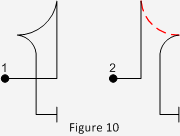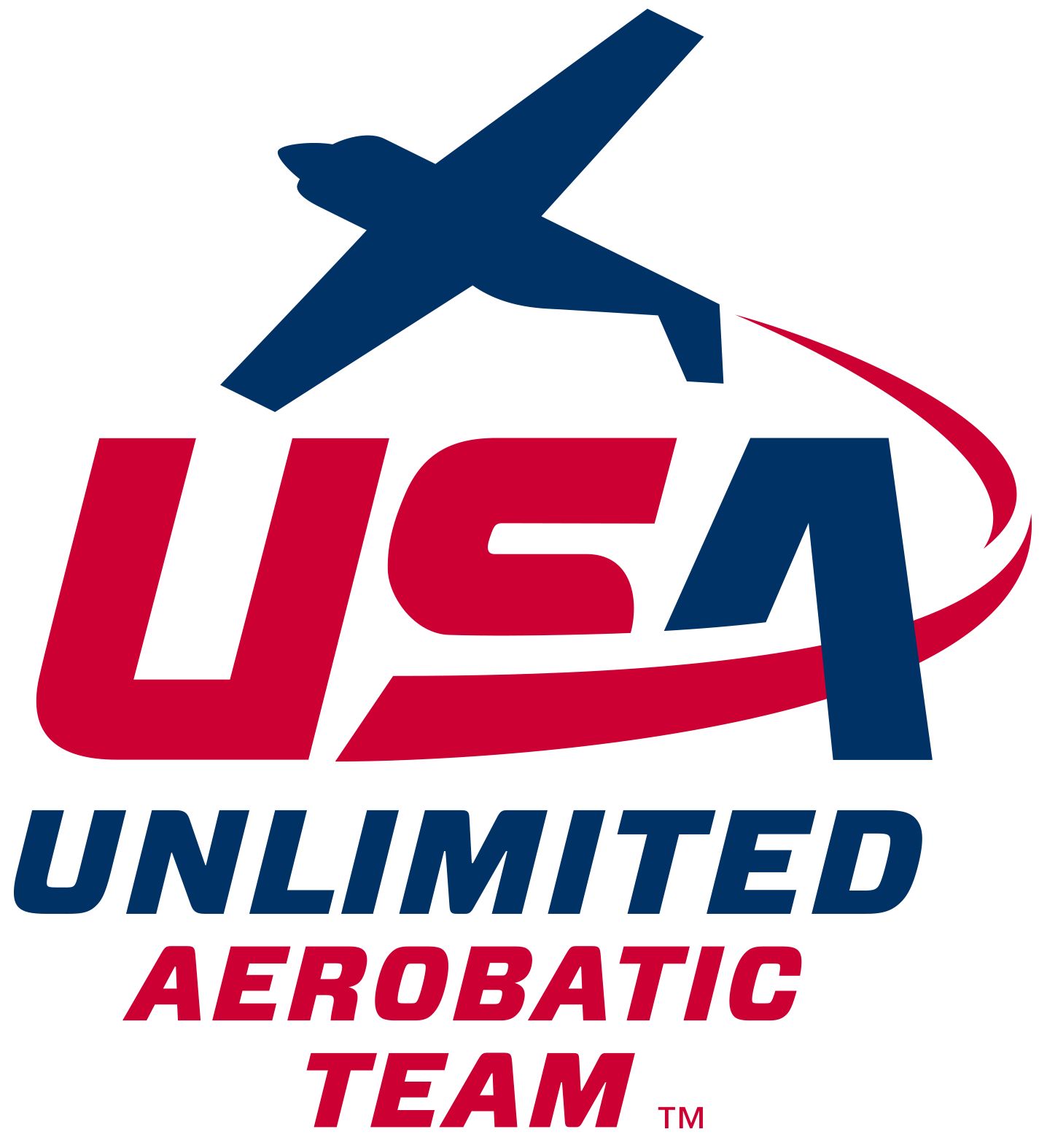Next up are the tail slides, Family 6. Tail slides begin and end like the hammerheads, but the difference is at the top of the first vertical line up. Now, instead of almost running out of energy and pivoting, the pilot allows the airplane to completely run out of energy and actually slide backward (tail first) for a short distance. At some point in that slide backward, the nose of the airplane will flop toward the ground, putting the airplane in a vertical nose down attitude. From that point, it’s identical to a hammerhead as the pilot flies a vertical down line followed by a quarter loop return to level flight.
Now if you think about it, if an airplane is going straight up and the nose then flops over so that’s it’s going straight down, there are two possible ways that airplane can flop. The nose might fall over backward (come toward the pilot) and the airplane flops with the wheels up; or, the nose might fall forward (away from the pilot) and the airplane flops with the wheels leading the way, or pointing down. Unfortunately for competition pilots, they can’t just wait to see which way their airplane is going to flop They must flop the airplane with either the wheels leading (wheels down) or the wheels following (wheels up), depending on how the figure is drawn. Because of that requirement, we have to have two similar, but different notations for tail slides:

The difference is in the line style at the top of the tail slide notation. Example 10-1 depicts a wheels down tail slide by using a solid line to represent the flop. Example 10-2 uses a dashed line at the top to indicate a wheels up tail slide. Whichever way the notation is drawn, that’s the way the pilot must make the airplane flop after sliding backwards.

